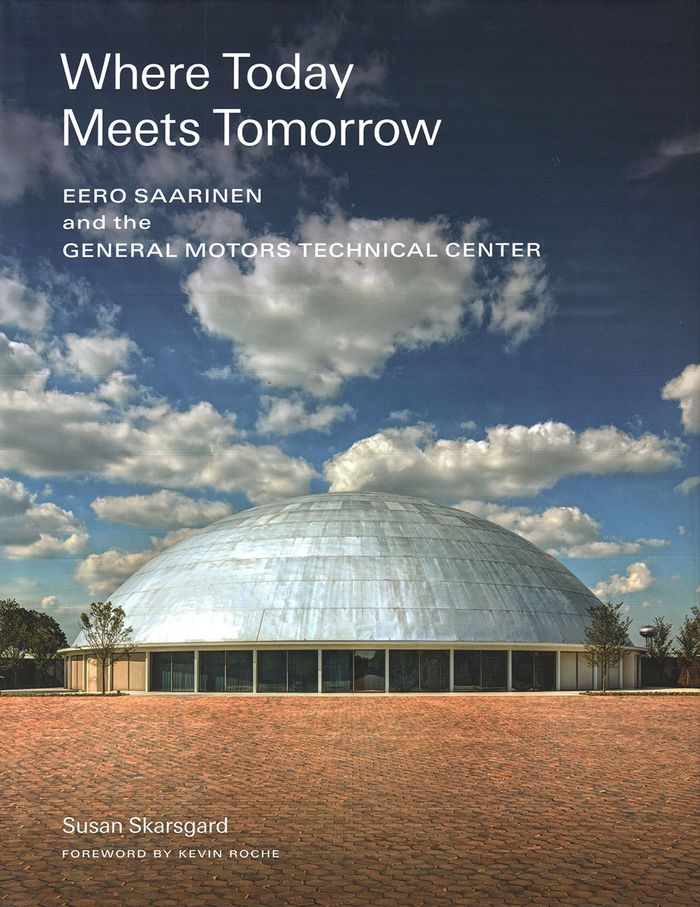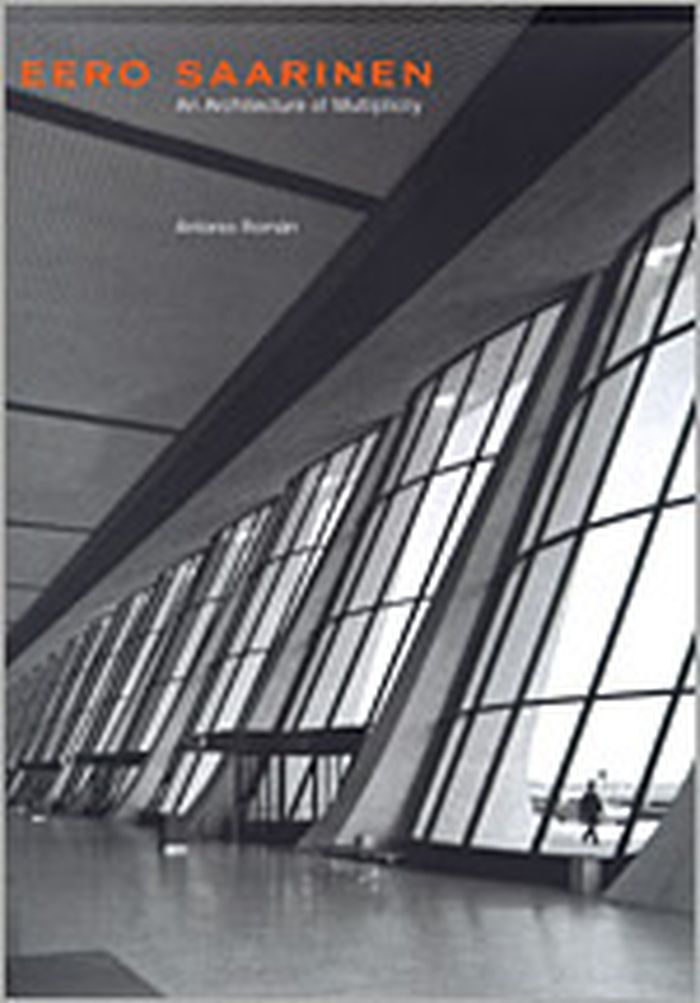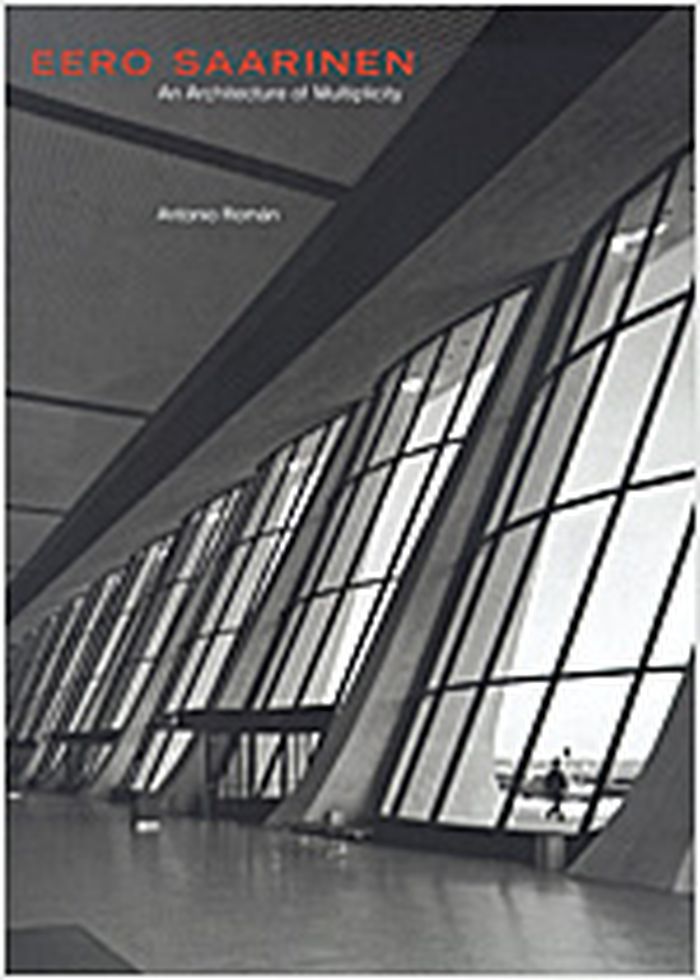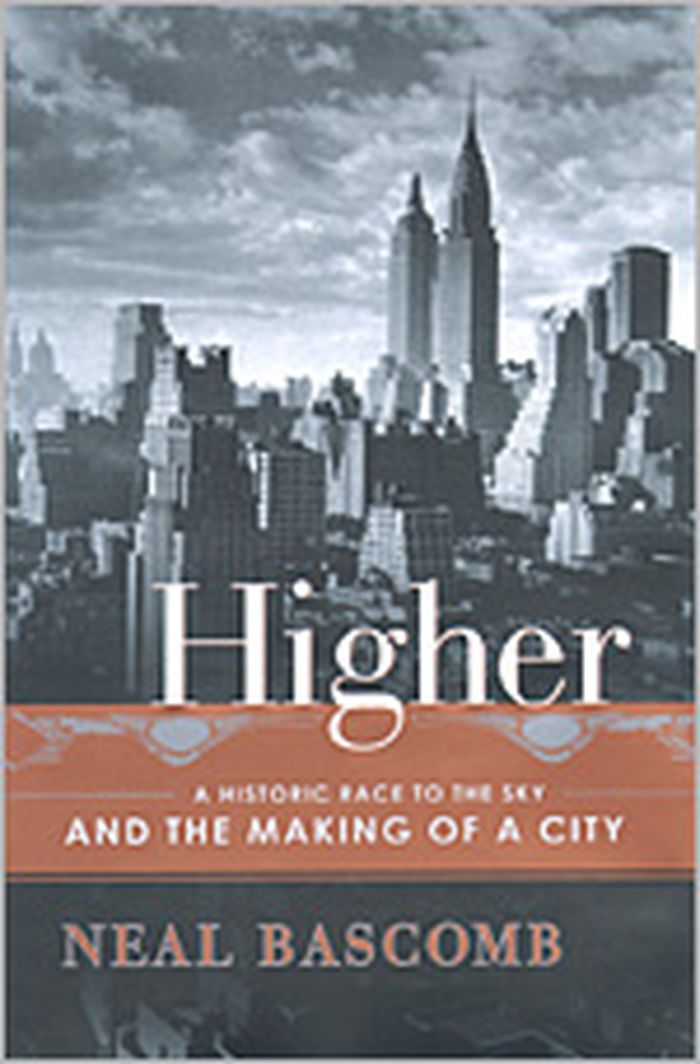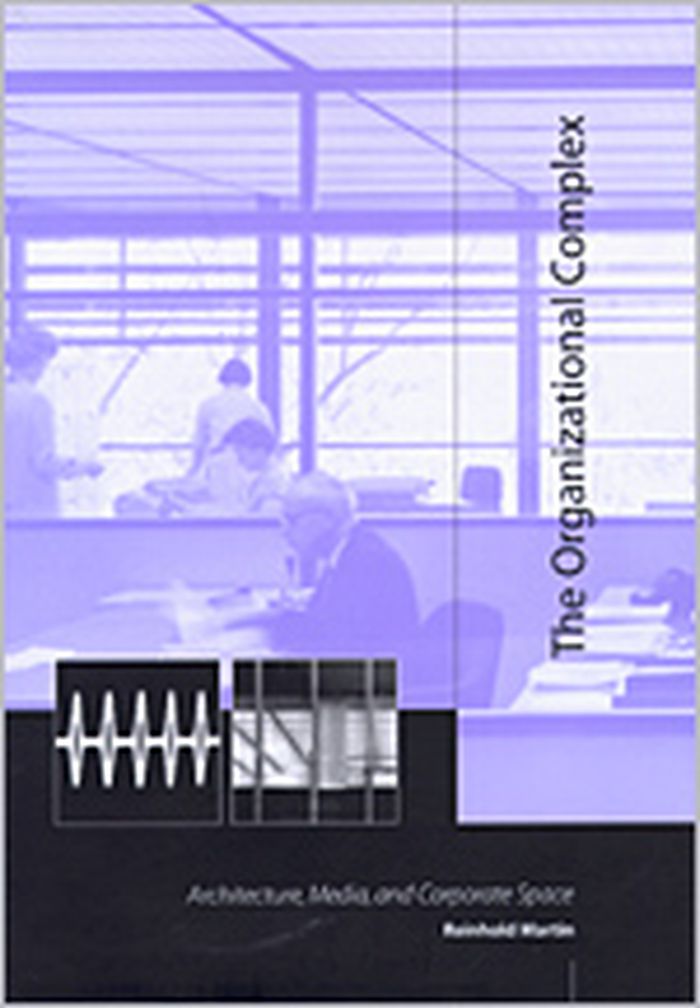books
Description:
8 volumes : illustrations (some color), maps, portrait, charts (tables), plates ; 26 cm
Oxford University, London, Great Britain : Clarendon Press, 1954-1984., ©1954-1984
A history of technology / edited by Charles Singer [and others].
Actions:
Holdings:
Description:
8 volumes : illustrations (some color), maps, portrait, charts (tables), plates ; 26 cm
books
Oxford University, London, Great Britain : Clarendon Press, 1954-1984., ©1954-1984
books
Description:
236 pages : chiefly color illustrations ; 37 cm
New York : Collins Publishers in association with I. Shapiro, 1987.
A day in the life of the Soviet Union / photographed by 100 of the world's leading photojournalists on one day, May 15, 1987 ; project directors, Rick Smolan and David Cohen.
Actions:
Holdings:
Description:
236 pages : chiefly color illustrations ; 37 cm
books
New York : Collins Publishers in association with I. Shapiro, 1987.
$86.00
(available to order)
Summary:
Long before Microsoft or Apple occupied their legendary corporate campuses, there was the General Motors Technical Center in Warren, Michigan. Completed in 1956 and designated a National Historic Landmark in 2014, this icon of midcentury design was celebrated modern architect Eero Saarinen's (1910 – 1961) first major commission completed independent of his father, Eliel(...)
Where today meets tomorrow: Eero Saarinen and the GM technical center
Actions:
Price:
$86.00
(available to order)
Summary:
Long before Microsoft or Apple occupied their legendary corporate campuses, there was the General Motors Technical Center in Warren, Michigan. Completed in 1956 and designated a National Historic Landmark in 2014, this icon of midcentury design was celebrated modern architect Eero Saarinen's (1910 – 1961) first major commission completed independent of his father, Eliel Saarinen, and its story offers a unique perspective on his work.
Architecture Monographs
Trade fair design annual 2002 / 2003 international - Messedesign jahrbuch 2002 / 2003 international
$127.00
(available to order)
Summary:
Presenting innovative and original highlights in international trade fair architecture, this publication also offers an insight into current trends. The first edition of the "International trade fair design annual 2000" established the importance for an international frame of reference in comparing excellence in exhibition work. The new volume, which draws on an even(...)
Commercial interiors, Building types
October 2002, Ludwigsburg
Trade fair design annual 2002 / 2003 international - Messedesign jahrbuch 2002 / 2003 international
Actions:
Price:
$127.00
(available to order)
Summary:
Presenting innovative and original highlights in international trade fair architecture, this publication also offers an insight into current trends. The first edition of the "International trade fair design annual 2000" established the importance for an international frame of reference in comparing excellence in exhibition work. The new volume, which draws on an even wider selection of entries from a greater number of countries, provides evidence of innovation in the planning and management of events, as well as offering to professional designers, event managers, and the fair-going public a range of visual references including trade fair stands for Sony Ericsson, General Motors, Lamborghini, Mercedes-Benz, PlayStation, Panasonic.
Commercial interiors, Building types
$75.00
(available to order)
Summary:
This volume explores Bel Geddes’s life and career in detail through nearly 100 projects, ranging from streamlined airplanes, ships, and cars, to stage sets, appliances, and much more. It brings together never-before-seen drawings, models, photographs, and films drawn from the Ransom Center’s Bel Geddes collection. He is perhaps best known for his Futurama display for the(...)
Norman Bel Geddes designs America
Actions:
Price:
$75.00
(available to order)
Summary:
This volume explores Bel Geddes’s life and career in detail through nearly 100 projects, ranging from streamlined airplanes, ships, and cars, to stage sets, appliances, and much more. It brings together never-before-seen drawings, models, photographs, and films drawn from the Ransom Center’s Bel Geddes collection. He is perhaps best known for his Futurama display for the General Motors Highways and Horizons exhibit at the New York World’s Fair of 1939–40, which to this day remains a useful model for city planning and design.
Design Monographs
Dazzling women designers
$10.95
(available to order)
Summary:
The work of women designers touches every part of our lives. In the 1920s British furniture designer and architect Eileen Gray developed ideas for homes that still seem modern today. From chairs made of steel tubes to bare-basic rooms, she created an entirely new look. American Suzanne E. Vanderbilt was one of the first women to design cars for General Motors. Designer of(...)
Dazzling women designers
Actions:
Price:
$10.95
(available to order)
Summary:
The work of women designers touches every part of our lives. In the 1920s British furniture designer and architect Eileen Gray developed ideas for homes that still seem modern today. From chairs made of steel tubes to bare-basic rooms, she created an entirely new look. American Suzanne E. Vanderbilt was one of the first women to design cars for General Motors. Designer of cities Jane Jacobs caused controversy in the 1960s with her campaign against a New York expressway that revolutionized the way we understand urban life. And designer Ritu Kumar, known as “the grand woman of Indian fashion,” is celebrated for bringing the beautiful tradition of embroidery to modern clothes. The other designers profiled in this collection are landscape architect Cornelia Hahn Oberlander, roboticist Cynthia Breazeal, costume designer Eiko Ishioka, interior designer Aissa Dione, fashion designer Vera Wang, and architect Zaha Hadid.
Children's Books
$84.00
(available to order)
Summary:
Saarinen's buildings are famous worldwide: the Gateway Arch in St. Louis, the TWA terminal in JFK Airport, Dulles Airport, outside Washington D.C., the CBS Building in New York, the General Motors Technical Center in Michigan, the US Embassy in London, and many other landmarks. Equally celebrated are his furniture designs, including the Tulip Table and Womb Chair. While(...)
Eero Saarinen : an architecture of multiplicity
Actions:
Price:
$84.00
(available to order)
Summary:
Saarinen's buildings are famous worldwide: the Gateway Arch in St. Louis, the TWA terminal in JFK Airport, Dulles Airport, outside Washington D.C., the CBS Building in New York, the General Motors Technical Center in Michigan, the US Embassy in London, and many other landmarks. Equally celebrated are his furniture designs, including the Tulip Table and Womb Chair. While Saarinen's exuberant, even expressionistic, forms were lightning rods for many critics, his unique personal style is now much admired, making him a key figure for many designers practicing today. Saarinen's was a career of innovation. His airport terminals combined the poetry of sculpture with daring structural feats and raganizational genius; his pioneering industrial complexes for GM, IBM, and Bell Labs brought rational modernism to corporate America; and his furniture and residential buildings conveyed an optimistic, humane vision for the future. This illustrated monograph spans Saarinen's entire career, including his drawings, models, most important built works, and furniture.
Architecture Monographs
$45.50
(available to order)
Summary:
Saarinen's buildings are famous worldwide: the Gateway Arch in St. Louis, the TWA terminal in JFK Airport, Dulles Airport, outside Washington D.C., the CBS Building in New York, the General Motors Technical Center in Michigan, the US Embassy in London, and many other landmarks. Equally celebrated are his furniture designs, including the Tulip Table and Womb Chair. While(...)
Eero Saarinen : an architecture of multiplicity
Actions:
Price:
$45.50
(available to order)
Summary:
Saarinen's buildings are famous worldwide: the Gateway Arch in St. Louis, the TWA terminal in JFK Airport, Dulles Airport, outside Washington D.C., the CBS Building in New York, the General Motors Technical Center in Michigan, the US Embassy in London, and many other landmarks. Equally celebrated are his furniture designs, including the Tulip Table and Womb Chair. While Saarinen's exuberant, even expressionistic, forms were lightning rods for many critics, his unique personal style is now much admired, making him a key figure for many designers practicing today. Saarinen's was a career of innovation. His airport terminals combined the poetry of sculpture with daring structural feats and raganizational genius; his pioneering industrial complexes for GM, IBM, and Bell Labs brought rational modernism to corporate America; and his furniture and residential buildings conveyed an optimistic, humane vision for the future. This illustrated monograph spans Saarinen's entire career, including his drawings, models, most important built works, and furniture.
Architecture Monographs
$38.00
(available to order)
Summary:
In 1924 two architects, William Van Alen and Craig Severance (former friends and successful partners, but now bitter adversaries), set out to imprint their individual marks on the rapidly evolving skyline of New York City. Each man desired to build the city’s tallest building, or ‘skyscraper.’ Van Alen was a creative genius who envisioned a bold, contemporary building(...)
Higher : a historic race to the sky and the making of a city
Actions:
Price:
$38.00
(available to order)
Summary:
In 1924 two architects, William Van Alen and Craig Severance (former friends and successful partners, but now bitter adversaries), set out to imprint their individual marks on the rapidly evolving skyline of New York City. Each man desired to build the city’s tallest building, or ‘skyscraper.’ Van Alen was a creative genius who envisioned a bold, contemporary building that would move beyond the tired architecture of the previous century. By a stroke of good fortune he found a larger-than-life patron in automobile magnate Walter Chrysler, and they set out to build the legendary Chrysler building. Severance, by comparison, was a brilliant businessman, and he tapped his circle of downtown, old-money investors to begin construction on the Manhattan Company Building at 40 Wall Street. From ground-breaking to bricklaying, Van Alen and Severance fought a duel of wills. Each man was forced to revamp his architectural design in an attempt to push higher, to overcome his rival in mid-construction, as the structures rose, floor by floor, in record time. Yet just as the battle was underway, a third party entered the arena and announced plans to build an even larger building. This project would be overseen by one of Chrysler’s principal rivals--a representative of the General Motors group--and the building ultimately became known as The Empire State Building.
Gratte-ciels
$51.95
(available to order)
Summary:
"The Organizational Complex" is a historical and theoretical analysis of corporate architecture in the United States after the Second World War. Its title refers to the aesthetic and technological extension of the military-industrial complex, in which architecture, computers, and corporations formed a network of objects, images, and discourses that realigned social(...)
Architectural Theory
July 2003, Cambridge, Massachusetts
The organizational complex : architecture, media, and corporate space
Actions:
Price:
$51.95
(available to order)
Summary:
"The Organizational Complex" is a historical and theoretical analysis of corporate architecture in the United States after the Second World War. Its title refers to the aesthetic and technological extension of the military-industrial complex, in which architecture, computers, and corporations formed a network of objects, images, and discourses that realigned social relations and transformed the postwar landscape. In-depth case studies of architect Eero Saarinen's work for General Motors, IBM, and Bell Laboratories and analyses of office buildings designed by Skidmore, Owings & Merrill trace the emergence of a systems-based model of organization in architecture, in which the modular curtain wall acts as both an organizational device and a carrier of the corporate image. Such an image--of the corporation as a flexible, integrated system--is seen to correspond with a "humanization" of corporate life, as corporations decentralize both spatially and administratively. Parallel analyses follow the assimilation of cybernetics into aesthetics in the writings of artist and visual theorist Gyorgy Kepes, as art merges with techno-science in the service of a dynamic new "pattern-seeing." Image and system thus converge in the organizational complex, while top-down power dissolves into networked, pattern-based control. Architecture, as one among many media technologies, supplies the patterns--images of organic integration designed to regulate new and unstable human-machine assemblages.
Architectural Theory
